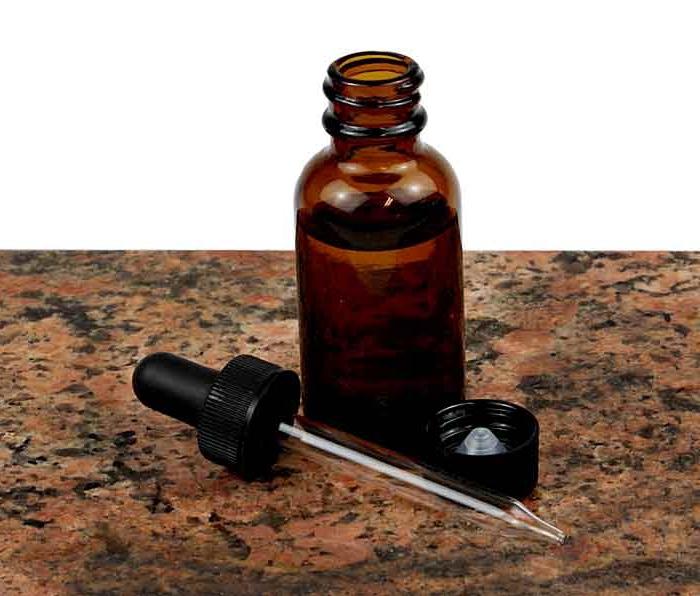Usually the question of how many drops in 1 ml arises for those who are prescribed to take a certain medicine in milliliters, while the packaging does not have an appropriate dispenser. But for different solutions, the number of drops can vary, it will depend on the composition of the liquid, its density, the surface tension, the external forces acting and the diameter of the tube from which they drip. Therefore, it is impossible to say unequivocally how many drops in ml.
Back in the days of the Soviet Union, a table was created in which the number of drops for various liquids, including medicinal solutions, was indicated. So, if in 1 ml of
distilled water there are only 20 drops, then in the same volume of tincture of wormwood - 56, and of medical ether - 87. One drop of ordinary water is about 0.03-0.05 ml, of an alcohol-containing solution - 0.02 ml
If a measuring cup or pipette with the number of ml of the purchased medicine is not supplied with the medicine, these data are not indicated in the instructions for the drug, then it is best to measure the required quantity with a regular syringe. When it is necessary to measure more than 1 ml, you can use the usual 2 or 5 cc syringe, and to measure a smaller volume or need to find out exactly how many drops are in 1 ml, it is better to take an insulin syringe, the volume of which is 1 ml, with clearly marked decimal divisions .
If you need to drink a certain number of drops, and there is no drip dispenser or pipette in the kit, you can simply draw 1 ml of the solution into an insulin syringe and measure how many drops are in 1 ml. Based on the data obtained, you can already find out how much it is necessary to fill in tenths of a ml into a syringe to get the right amount of drops. For example, you need to take 15 drops of a certain medicine. Having collected 1 ml into an
insulin syringe without a needle, carefully scoop out its contents, taking into account the number of drops. Let's say that you get 50 drops for this volume of medicine. By drawing up a simple proportion:
50 drops - 1 ml;
15 drops - x ml
We get 15k * 1ml / 50k = 0.3 ml. This means that in order to get 15 drops, you need to draw 0.3 ml of the solution into the syringe, but before the first dose it is better to separately count how many drops you get from the volume you have collected. You may have been mistaken in calculating how many drops are in 1 ml. This calculation method is suitable for any type of liquid, with its help you can measure any number of drops, regardless of how many they fit in one milliliter. This method is very convenient, for the next medication you do not have to count the drops again, just type the desired amount into the syringe and drink it.

It is also quite convenient to drink small children in this way: they are better off inserting a syringe directly into the mouth, directing the fluid flow not to the throat but to the cheek. So the baby will not be able to spit out the medicine and will not choke. If the dosage of the drug is more than 5 ml, it is more convenient to use cutlery, not a syringe, for its use. So, in an ordinary teaspoon, 5 ml of liquid is placed, and in the dining room - 15.
If necessary, transfer, how much is 1 gr. ml, it is worth considering that the weight will depend on the density of the substance. So, 1 gram of water corresponds to one milliliter of it, but 1 ml of alcohol is 0.88 grams.